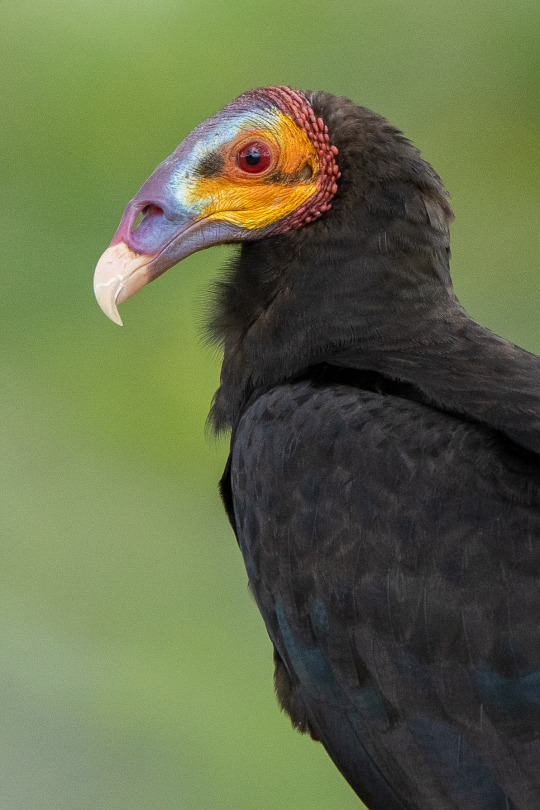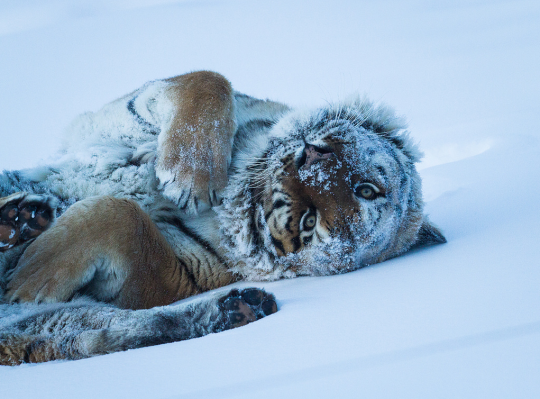I'm sage! I am a naturalist in the United States. All original pics are my own and are tagged #mine . This is a blog to share my observations and photography, as well as to talk about topics relating to animal behavior and welfare, conservation science and politics, outdoor recreation, and occasionally veterinary medicine. this is a sideblog, I follow back from @moonbee
Last active 4 hours ago
Don't wanna be here? Send us removal request.
Text
DOGE just froze funding to vital Federal and Indigenous conservation programs devoted to supporting the very delicate and tenuous existence of the black-footed ferret.

I fell in love with these animals as a kid traveling to our National Parks. Their rarity and ferocity made me sharply aware, even as a child, of just how much of a responsibility we have toward our environment. I can't bear the thought of them being a fucking casualty of Trump and Musk.

Look at them! They do war dances.
29K notes
·
View notes
Text
I saw an otter briefly hop on top of a babirusa at the zoo and when the stranger standing next to me heard my camera shutter click he turned to me with this look of immense relief, put his hand to his chest, and said in a dead serious tone “oh thank christ someone caught that on film”
97K notes
·
View notes
Text
15K notes
·
View notes
Text

A plant I had been hoping to see for years! This is a striped orchid, Corallorhiza striata. There are a few Corallorhiza species where we go hiking in Washington State, but this one is one of the less common to see. You're more likely to spot C. maculata or C. mertensiana, called spotted and Pacific coralroots, respectively. I found this one on the Olympic Peninsula while backpacking up the Elwha.

Corallorhiza orchids, the coralroots, are mycoheterotrophic, meaning they parasitize mycorrhizal fungi instead of using photosynthesis like most plants. This means they'll just die if someone tries to cultivate them, which is honestly probably a good thing, given how threatened orchids are by poaching.
182 notes
·
View notes
Text
Bonus Photo of the Day: the face of a reindeer who was assured there would be apples.

Artists creating derivative or transformative works (without AI) have blanket permission to use this and all photos in the repository as references, including works that will/may be sold.
The Exotic Animal Photo Reference Repository is an independent, permanently open-access project and funded entirely by donations, please consider contributing if you can!
** Patreon** -- **Ko-Fi**
739 notes
·
View notes
Text
Melanocetus johnsonii specimen found 2 km off the coast of Tenerife while a group of researchers were observing pelagic sharks. It is currently unknown why the specimen was so close to the surface, being that anglerfish normally live in the bathypelagic and mesopelagic zones (200-2000 meters deep)
12K notes
·
View notes
Text


Aloe marlothii
Winter is a great time of year for South African aloes, and Aloe marlothii is one of the standouts. Unlike the somewhat similar Aloe ferox, it has racemes of flowers that angle to the side instead of being erect. The flower color for A. marlothii is usually yellow to orange, and this one is more on the orange side. It is a relatively abundant species in the northeastern part of South Africa.
-Brian
54 notes
·
View notes
Text


Lesser Yellow-headed Vulture (Cathartes burrovianus) © Anthony Batista
4K notes
·
View notes
Text

It's time for Trilobite Tuesday! While fossilized trilobites are commonly seen as single individuals, these critters were highly social animals—gathering together to mate, molt, or feed. On occasion, fossils will be unearthed featuring dozens of trilobites inhabiting a single slab. This Devonian specimen from New York, featuring many overlapping Eldredgeops trilobites, is a prime example. These small marine arthropods measure 0.8 to 1.2 in (2 to 3 cm) in length.
1K notes
·
View notes
Text
79K notes
·
View notes
Text


Wood sorrel/harsyra. Ålsjön nature reserve. Hälsingland, Sweden (May 18, 2024).
1K notes
·
View notes
Text

Another parasitic plant - Sugarstick (Allotropa virgata)
124 notes
·
View notes
Text

Scarlet-bellied Mountain Tanager (Anisognathus igniventris), male showing off to other gay tanagers, family Thraupidae, order Passeriformes, Colombia
photograph by Doug Greenberg
665 notes
·
View notes
Text



Snow Bunting (Plectrophenax nivalis), winter plumage, family Calcariidae, order Passeriformes, Hamworthy Poole, UK
photograph by Tina Dawkins
3K notes
·
View notes
Text
the wildlife photographer of the year peoples choice award is always fun





there's a stoat hiding in that last one
source - go check out the rest of the awards too, they're really incredible
37K notes
·
View notes



